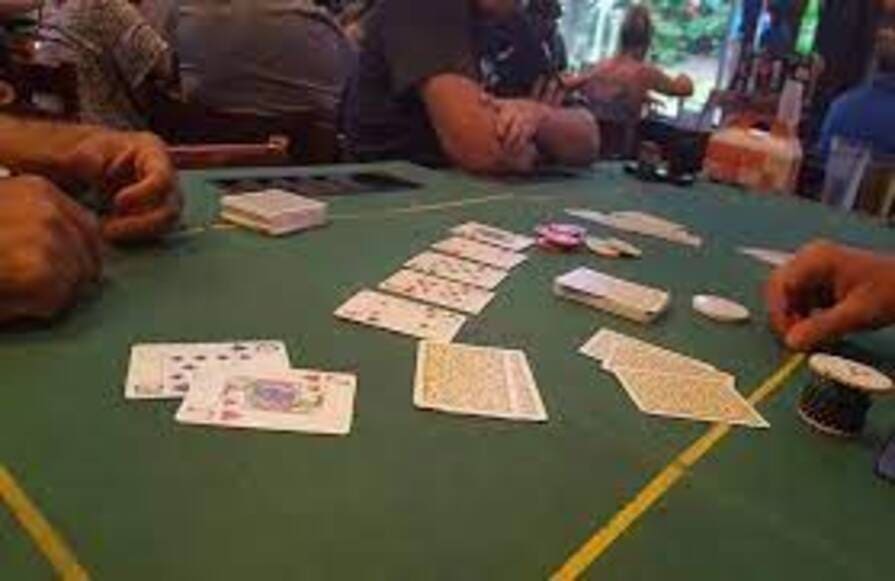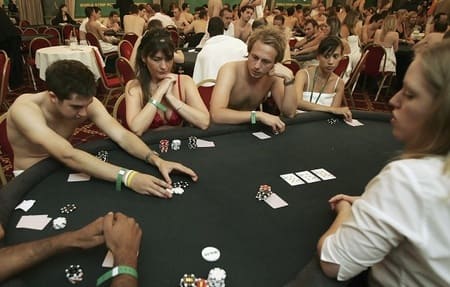While the word “showdown” might conjure images of high-noon gunfights in the Old West, a showdown is actually just a poker hand’s moment of truth. It occurs after the last betting round in a hand has finished and two or more players remain with live hands. At this point, a winning hand must be determined and the winner awarded the pot and any chips it contains. Showdowns are not always easy to navigate, but there are certain rules and procedures that can help to speed things up. This article will look at Who Shows First in Poker Showdowns? and how to apply this information in your poker games.
What Are the Showdown Rules?
When it comes to showing your cards at showdown, poker etiquette usually calls for players with probable winners to reveal their hands quickly. However, some players simply refuse to go along with this, trying to gain an edge by playing a waiting game. They hope that the players to their right will get nervous or impatient and will show their cards before them. This method of showing your cards can be very dangerous, and it is a good idea to avoid it at all costs.
Ideally, you should always try to show your cards in the correct order at showdown. This will prevent your opponents from getting an advantage by misreading your hand. However, if you know that your hand is likely to lose at showdown, then it’s a good idea to muck it rather than giving away information by showing it. This way, you won’t be tempted to call your opponent’s bets when you have a bad hand and will be able to protect your bankroll.
If you have a decent hand, then you should still be able to call any bets from your opponents. This is because you’ll have a better chance of making your hand the winning one at showdown and will be able to collect your stake. However, if you think that your hand is likely to lose at showdown, it’s a good idea to fold instead of risking losing a significant amount of money.
How Do I Deal with an Opponent Who Refuses to Follow the Correct Showdown Order?
While it may seem ludicrous that there are rules and procedures surrounding such a simple process, the fact of the matter is that many poker players have an almost pathological aversion to showing their cards unnecessarily. This can be a real problem, especially when it comes to showdowns, where the cards speak for themselves.
In order to resolve this potential standoff, poker rules and procedures have been created over the years that systematise the proper showing of hands at showdowns. They also clarify the order of showdown and provide a way to determine who wins a hand in the event of a tie. However, some players will always find a way to avoid following these rules, which can create a lot of confusion and slow down the hand.

